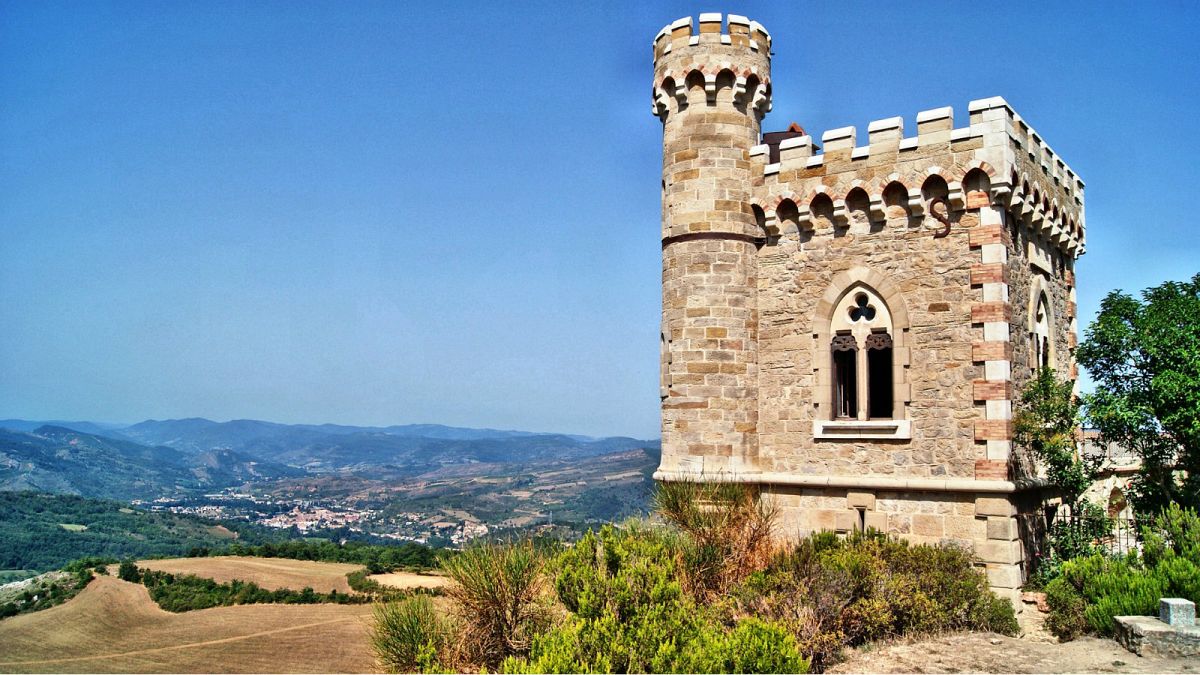According to legend, the former parish priest left a hidden fortune in the commune.
A historic French village has gotten fed up following a spate of "treasure hunts" that have resulted in illegal excavations and vandalism in the area.
A metre-deep hole by a church in Rennes-le-Château, a small commune near Carcassonne in southern France, was uncovered in late December by residents. The police were called, but the suspects remain at large.
Deputy Mayor Marcel Captier said the hole-digging brought back memories of earlier attacks by vandals.
“Above all, this kind of thing mustn’t start happening again. We don’t want to find ourselves with another wave of treasure hunters,” he told Le Parisien.
The St. Mary Magdalene Church lies at the centre of an intriguing tale. Legend has it that a nineteenth-century priest, Abbe Saunière, became rich after uncovering royal treasure from inside one of its pillars.
He would go on to use his fortune to construct a luxurious villa, the Magdala tower and completely restore the then-dilapidated church.
The story inspired Da Vinci Code author Dan Brown, who named a character in the bestselling novel after the Roman Catholic cleric.
Tens of thousands of visitors are received at the scenic hilltop village every year, many of whom are no doubt drawn by the allure of stumbling upon a hidden fortune.
The treasure hunt began in the early 1900s when Saunière’s maid Marie Dénarnaud claimed the priest had buried jewels and coins under Rennes-le-Château. In the years since, researchers, mediums and amateur excavators have flocked to the area and marred the landscape—so much so that in the 1960s, the mayor banned unauthorized digging. But the curiosity of travelers clearly persisted.
In the 1970s, Saunière’s body was moved and buried under concrete after brazen treasure hunters dug up graves and tunneled their way into the church. They left empty-handed.
Despite legend and conspiracy theories, many historians conclude Saunière amassed his riches by stealing donations and duping parishioners into paying for masses he never gave.
But Saunière never revealed the source of his wealth. He died on 22 January 1917, taking his secret to his grave.
